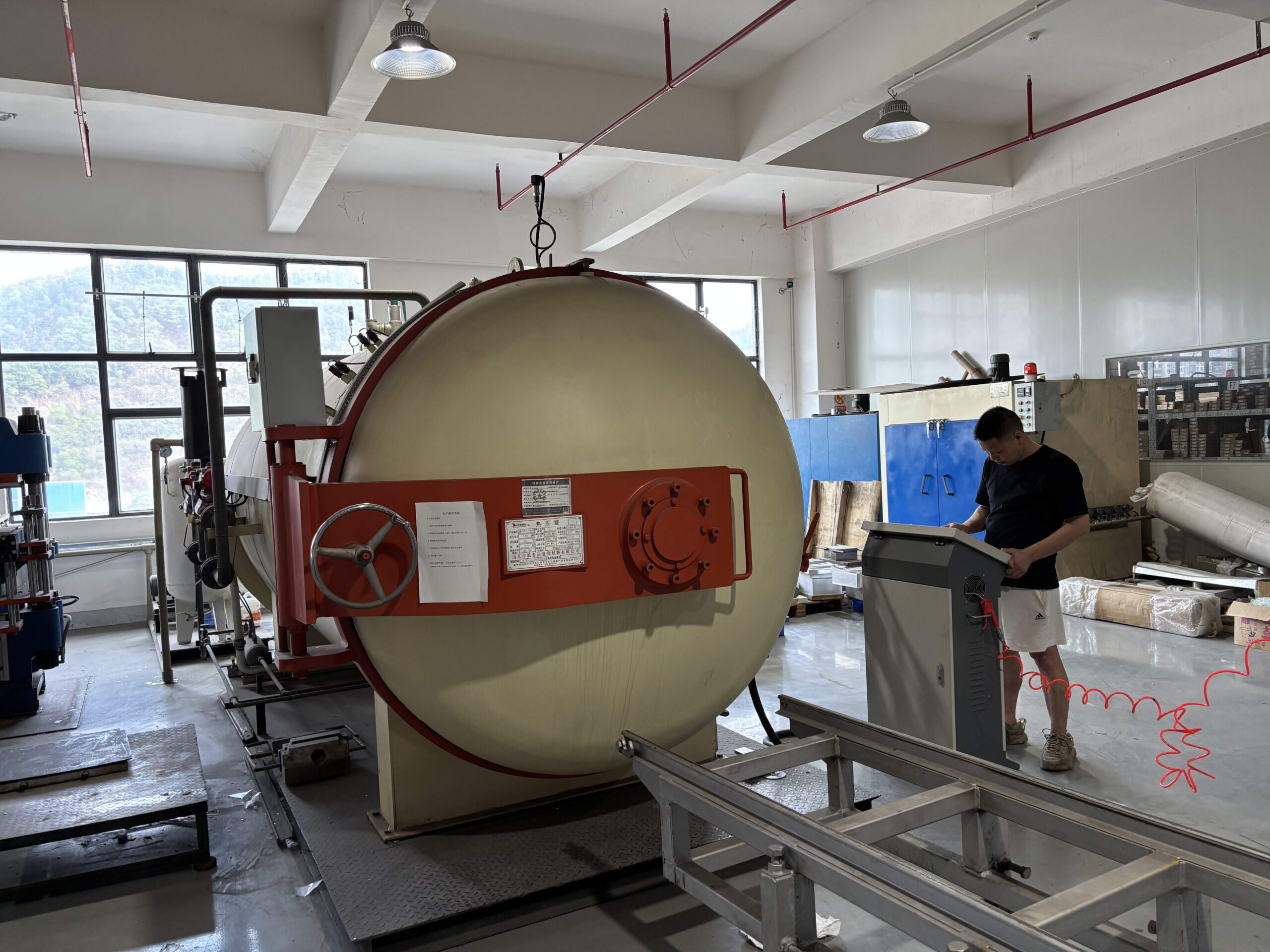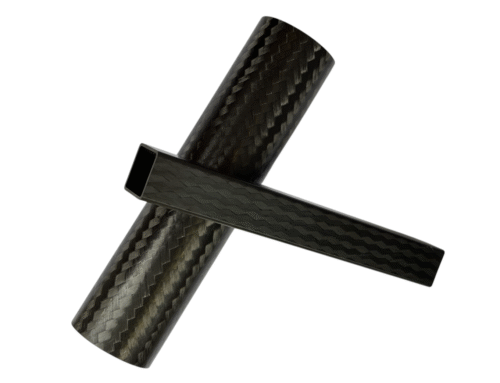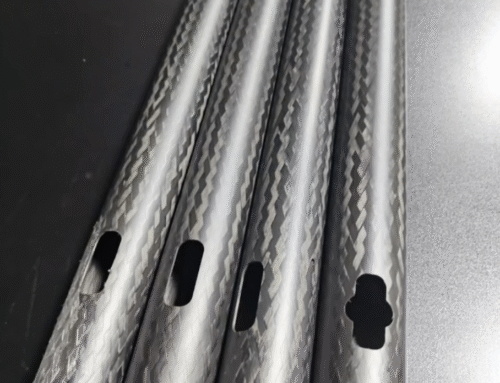
At E-YOUNG Composites, we specialize in manufacturing premium carbon fiber components where performance, aesthetics, and reliability are non-negotiable. Central to achieving this excellence is our mastery of the autoclave curing process – the gold standard for producing high-end carbon fiber composites. This article explains how our controlled autoclave technology delivers unmatched quality.
Why Autoclave Processing Matters for Carbon Fiber
- Eliminating Voids & Porosity: Ensures complete resin flow and fiber impregnation.
- Achieving Optimal Fiber/Resin Ratio: Maximizes mechanical properties (strength, stiffness).
- Producing Superior Surface Finish: Delivers the iconic, flawless carbon fiber weave appearance.
- Ensuring Dimensional Accuracy & Consistency: Critical for aerospace, automotive, and performance-critical applications.
E-YOUNG's Autoclave Process Workflow: Precision at Every Stage
Our composite manufacturing follows a rigorous, controlled sequence:
1. Precision Cutting:
Advanced CNC machines cut carbon fiber prepreg (pre-impregnated fabric) to exact ply shapes based on digital designs. Material integrity is paramount.
2. Meticulous Layup:
Skilled technicians hand-lay or use automated systems to stack prepreg plies onto precision molds. Each ply’s orientation is carefully controlled to achieve the designed composite strength and stiffness.
3. Vacuum Bagging (Consolidation):
The layup is covered with specialized release films, breather fabrics, and sealed within a high-temperature vacuum bag. A powerful vacuum pump removes air, compacting the plies and creating a critical preliminary consolidation.
4. Autoclave Curing Cycle:
- The bagged assembly is loaded into our industrial autoclave.
- Key Phases:
1.Ramp-Up: Temperature and pressure are gradually increased according to the resin system’s specifications.
2.Dwell (Cure): Components are held at target curing temperature and pressure (typically 120-180°C and 50-100+ PSI) for a precise duration. This triggers resin polymerization.
3.Cool Down: Controlled cooling under pressure prevents warping or internal stresses.
- Core Advantage: Our autoclaves provide unparalleled control over the entire thermal and pressure profile, ensuring uniform conditions throughout the part.
5. Demolding & Finishing:
After curing and cooling, the high-performance carbon fiber part is carefully removed (demolded) from the tooling. Secondary operations like trimming, machining, sanding, or coating may follow to meet exact specifications.
The E-YOUNG Autoclave Advantage: Uncompromising Quality
- Enhanced Mechanical Properties: Superior strength-to-weight ratio and fatigue resistance compared to non-autoclaved parts.
- Exceptional Surface Quality: Minimal pin-holes, consistent resin-rich surface, and perfectly defined carbon fiber texture.
- Repeatability & Consistency: Precise process control guarantees batch-to-batch uniformity essential for critical applications.
- Structural Integrity: Near-zero voids and optimal consolidation translate into maximum reliability and longevity.
- Capability for Complex Geometries: Effectively consolidates thick sections and intricate shapes.
Applications of Autoclaved Carbon Fiber
Our autoclave process is ideal for demanding industries requiring lightweight, robust components:
- Aerospace: Structural panels, brackets, interiors.
- Automotive & Motorsport: Body panels, chassis components, aerodynamic parts.
- High-End Sports & Recreation: Bicycle frames, helmets, drones, premium sporting goods.
- Industrial & Robotics: Arms, enclosures, lightweight structural elements.
- Medical: Imaging equipment components, prosthetics.
Partner with E-YOUNG for Premium Autoclaved Composites
Ready to leverage the precision of autoclave curing for your next project? Contact E-YOUNG Composites today to discuss your high-performance composite needs and experience the difference true process mastery makes.






